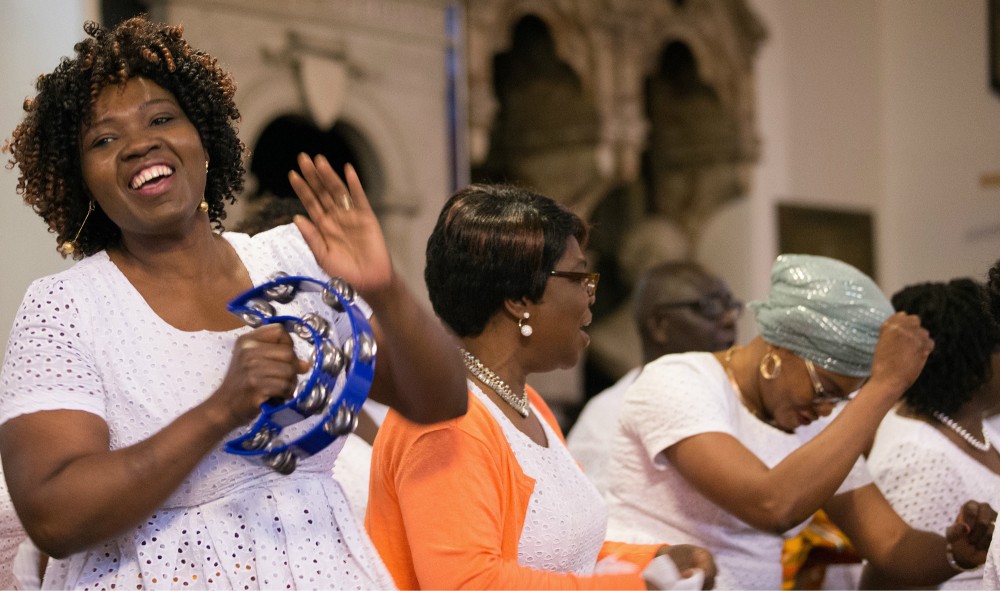Immigrants reinvigorate Methodist churches in Britain, home of tradition's founders
Congregations that might've closed their doors received an influx of Methodists from West Africa and elsewhere.

In the late 1970s, Wesley’s Chapel had 30-odd members and considered closing.
Now it has nearly 500 members and some 18,000 names in the visitor’s book from last year.
The diverse congregation at Wesley’s Chapel—built in 1778 by Methodist founder John Wesley—reflects its reputation as a place of pilgrimage for Methodists worldwide. Members include British citizens of African descent—representing Ghana, Nigeria, Sierra Leone, Gambia, Zimbabwe, South Africa, and Côte d’Ivoire—as well as Methodists from places as far away as Fiji, Tonga, and the Philippines.





